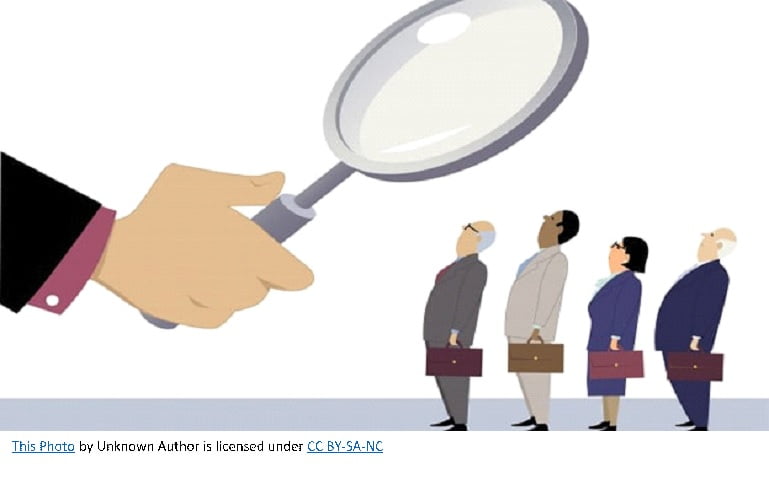Performance reviews are the generally accepted method to track an employee’s accomplishments. The reviews can be used to justify salary increases, training or promotion offerings, or even terminations. When was the last time you reviewed your performance review system to see if it still delivers what your company leadership needs?
Any review of a performance review system should look at:
- Time and Effort
- Average Ratings
- Employee Perception
Why? An outdated assessment process means something is wasted. Don’t worry this article is suggesting a complete overhaul and new software. However, checking to see what works and doesn’t work in your system could boost your productivity. Let’s start with suggestions on assessing the time and effort your review system takes.
Time and Effort
Do you know how long the various steps in your performance process take? At the base you have a supervisor or manager who needs to create the performance review. What else must happen?
- How many layers look at the review before it is approved?
- How do the results get to leadership?
- Are employees required to self-assess?
- When and how do the employee’s receive feedback and results?
Is your process an annual review or something more frequent? Do you need to set aside regular work schedules? Is your HR department strained during assessments? Do your employees meet performance review deadlines without reminders?
Even with automation, the manhours spent on the individual pieces can be significant. It can also overwhelm an individual employee. Once you look at time and effort, you need to see if the results give you an accurate picture of your workforce.
Average Ratings
Do your results indicate fair and truthful ratings? Ratings can be skewed by a myriad of things. Does your process have a way to identify an unfair rating? Most rating systems expect employees to be satisfactory at the job and there should be a cluster there. A spike of low or high performers would warrant a harder look.
Employee Perception
How do the employees feel about the process? Is there a negative buzz in the work centers? Once a perception starts to gather steam, truth doesn’t matter. Negative perceptions become reality and a problem for leadership.
- Do your managers get personal feedback out in a timely and useful manner?
- Do employees feel that cliques or favoritism affect the rating process?
- Are employees requesting training for increased responsibility but upset by results?
It’s impossible to make everyone happy 100% of the time, but smooth rating processes make a difference. They get productive feedback to employees and actionable direction for managers. At the same time, leadership gets an accurate sense of the workforce. So, what if you don’t know where to start?
Reviewing the Review System
A great place to start for any review of personnel-related systems is with your HR department. They will help determine if your performance review system creates a large workload during reviews, ratings are inflated, or the employees have negative perceptions. The important issue is to make sure the process does not place a burden on the company. Even small tweaks could make large impacts.
Tired of manually building messy HR reports and spreadsheets? Click here to start your free trial to experience tracking and sharing all your people data from one People Dashboard.












